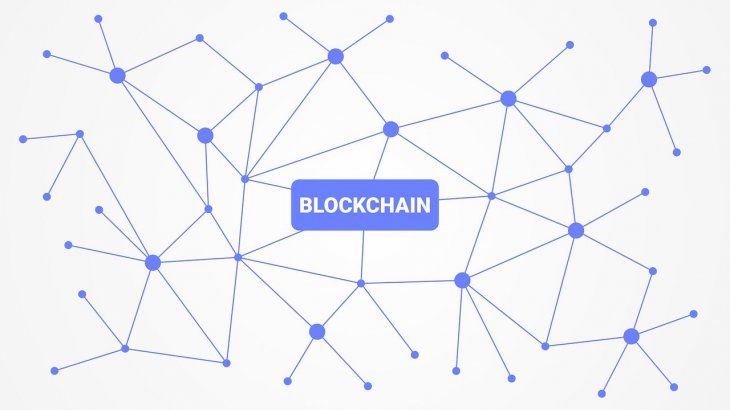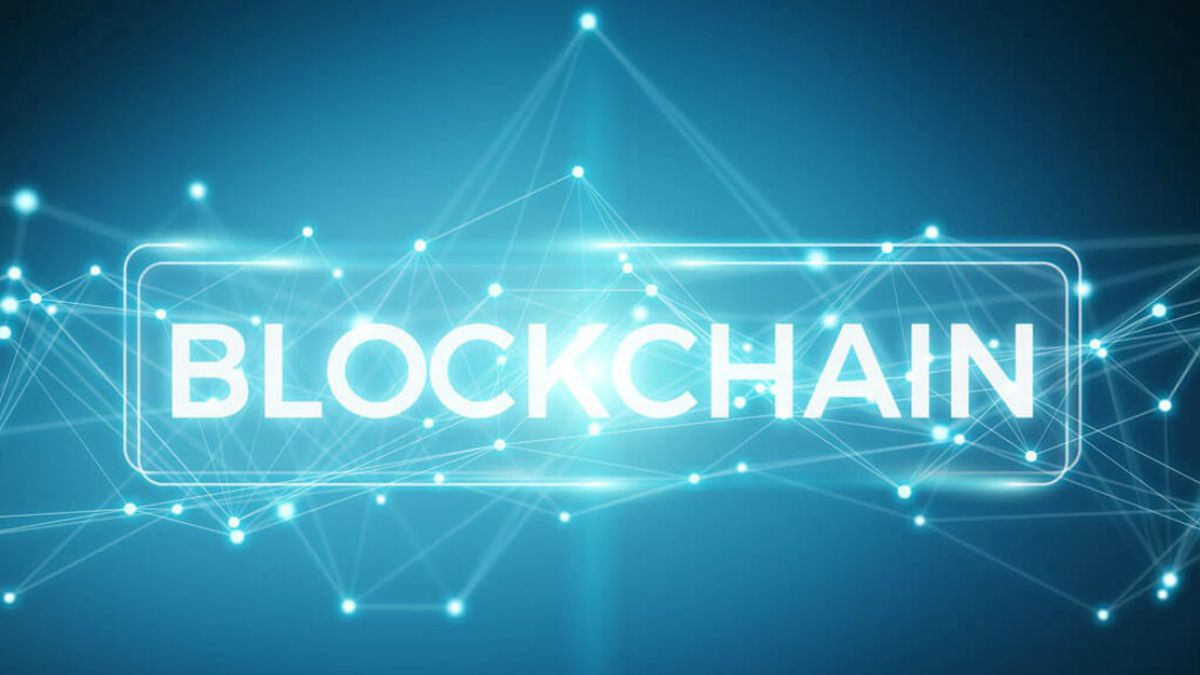Today no one questions the need for organizations to be pioneers in the digitization of their businesses, to generate models for cost optimization, reduce commissions for customers per transaction, avoid hidden costs or management of dubious contribution of value. Adding efficiency to business processes and providing security and reliability guarantees in terms of compliance is a challenge for all the different financial businesses, to a greater or lesser extent, they are challenges that must be addressed. If we analyze the attributes of a technology such as blockchain, these coincide exactly with the needs that we have just exposed. In fact, it even seems to have been created to respond to all these challenges.
blockchain.png
Blockchain is transparency, information security, elimination of third parties in management or mediation, it is immediacy in the availability of information. All this solves, in a safe, encrypted and direct way, the needs of any company, which makes it, without a doubt, a technology with a clear present and future. And although the advances today have only been seen in terms of cryptocurrencies, their application can cover needs in almost all financial operations., from digital means of payment to the comprehensive management of insurance and management of investments of different types. Although progress is slow, more and more companies are putting in their strategic plans to start experimenting with this technology.
This technology is above all and from the computational point of view, an architecture pattern that supports a series of quality attributes that distinguish it. Being a pattern, it can be instantiated in a specific application to satisfy specific requirements without losing its foundational properties. Without going into too much technical detail, blockchain is a shared and immutable “ledger” that facilitates the process of recording transactions and tracking assets in a P2P (Peer to Peer) business network. An asset can be tangible (a house, a car, cash, land) or intangible (intellectual property, patents, copyrights, trademarks). Virtually anything of value can be tracked and traded on a blockchain network, reducing risk and costs for everyone involved in that network.
Why blockchain is important: Businesses run on information. The faster they get it and the more accurate it is, the better. Blockchain is ideal for obtaining this information, since it provides immediate, shared and completely transparent data. stored in that unalterable, distributed “ledger” that only authorized members have access to. A blockchain network can track orders, payments, accounts, production details, and much more. Plus, because users share a single source of truth, you can see all the details of a transaction from start to finish, allowing you to build greater trust and efficiency.
Going into a bit of detail, the elements that make up the blockchain are: Distributed ledger technology, all network participants have access to this element and its immutable record of transactions. With this shared ledger, transactions are recorded only once, eliminating the duplication of effort that is typical of traditional business networks. Unalterable records, no participant can change or falsify a transaction once recorded in the shared ledger. If a transaction log includes an error, a new transaction must be added to reverse the error, but both transactions will be visible. Smart contracts, to speed up transactions and which are a set of rules (it can be programs written in various languages), called smart contracts, are stored in the blockchain and are executed automatically.
A smart contract defines the conditions, for example for corporate bond transfers, include the terms of a travel insurance to be paid and much more. At the same time, a blockchain application can be public or private and can be integrated into traditional platforms to support data integrity and security.
Now, how these elements work: As a transaction occurs, it is recorded as a “block” of data. These transactions show the movement of an asset, which can be tangible (a product) or intangible (intellectual). The data block can record the information of your choice: who, what, when, where, how much, and even the condition, such as the temperature of a food shipment. Each block is connected to the previous block and the next block. These blocks form a chain of data as an asset moves from one place to another or changes ownership. Blocks confirm both the exact time and sequence of transactions and are securely linked to prevent them from being tampered with or inserted between two existing blocks. The transactions come together and form an irreversible chain: a chain of blocks.
Blockchain.jpg

Just as the Internet influenced the democratization of information, blockchain allows those who use it to be the absolute owner of their assets.
needpix.com
Each of these additional blocks reinforces the verification of the previous block and thus of the entire blockchain. This makes said chain tamper-proof, which is the main advantage of immutability. This prevents someone malicious from modifying the chain and creates a distributed ledger of transactions that other members of the network can come to trust.
If we see it from the point of view of the financial industry, it is an enormous opportunity since: It contributes to the democratization of financial services, allows the reduction of operating costs and simplifies the approval times and processes of compliance without losing integrity and security. Now, if it is so good, powerful and robust: “Where is the problem that this technology is not more developed in companies?”.
From our point of view, we fully agree with the opinion of Alex Preukschat (one of the most respected people and experts in blockchain technology): “It is not the same to work with passion, where the focus on the objective and the value of technology is not lost, than to see technology as a fast and speculative way to make easy money. Once again, the use of technology defines its contribution and generation of real value to society”.
The benefits can be synthesized in the democratization of financial operations (greater access of society to financial services), greater efficiency, high security, expansion of means of payment services, investment management, cost reduction.
blockchain-money-chain-block-distribution-symbol-1575305-pxhere.com.jpg

Pxhere
As in the rest of the world, the blockchain today is much more focused on the aspects of cryptocurrencies, but its scope is practically unlimited. In this sense, there are companies that are experimenting with technology to improve their value proposition to their customers within the framework of Digital Transformation.
In conclusion, blockchain is a technology that can produce social changes at a global level and Argentina is no exception. Another important point that will be analyzed in the near future, from a strictly technical and environmental point of view, is that this technology consumes high amounts of computational resources, which its application at a massive level can generate sustainability problems (already being looking at cryptocurrency mining). Performance is also perhaps another of its technical weaknesses, but it is very likely that with the investments in R&D of the leading companies in this field, these problems will be resolved. Governments and society as a whole must be prepared for a change in the way they operate in the financial market, as well as in a huge number of other industries such as health, the food and drug supply chain, the art trade, supply chain of materials for production lines, insurance.
Presidente de Liveware I.S.
Source From: Ambito




